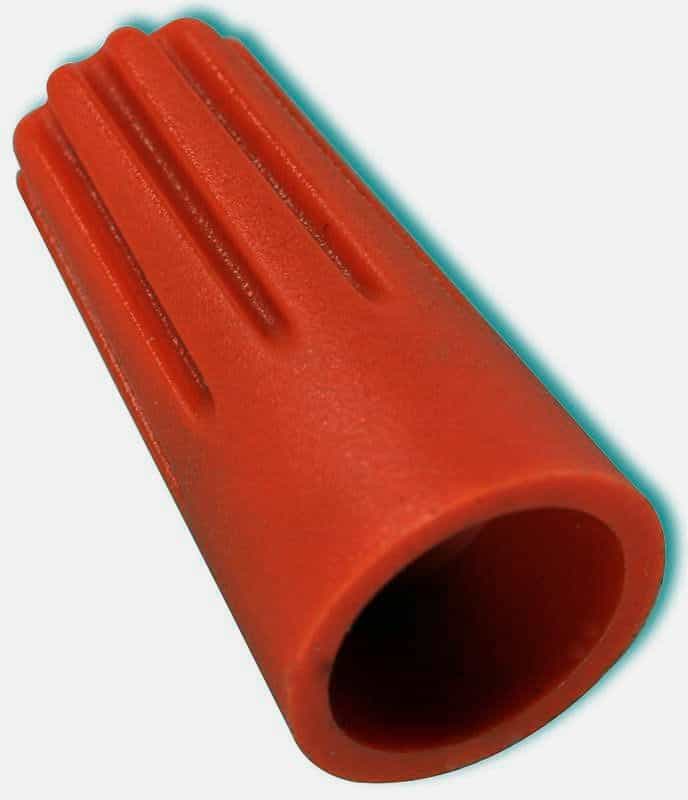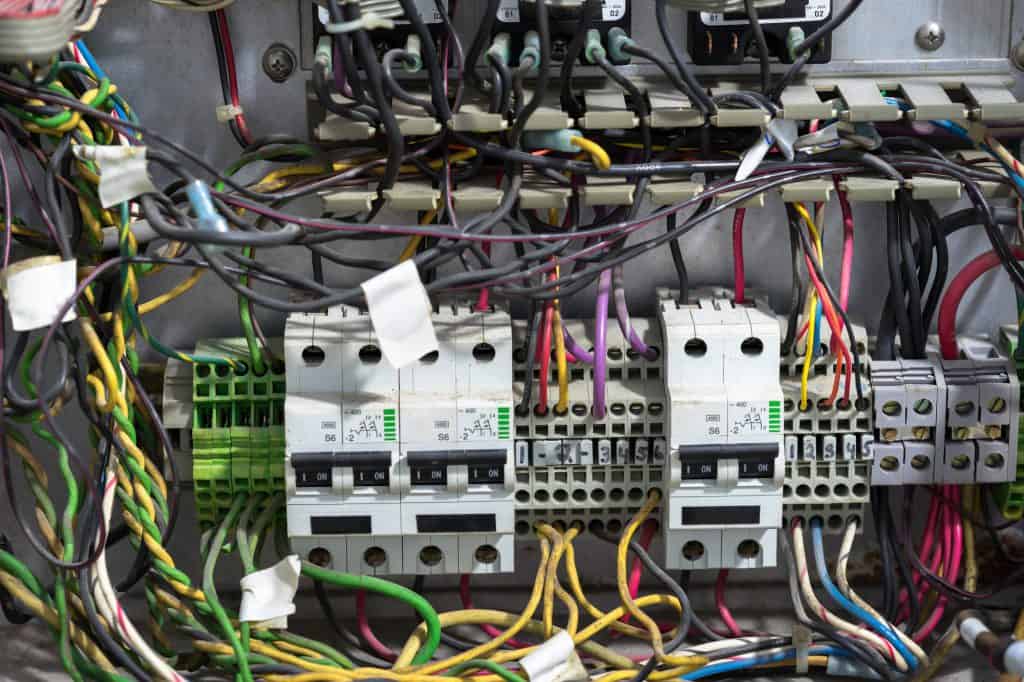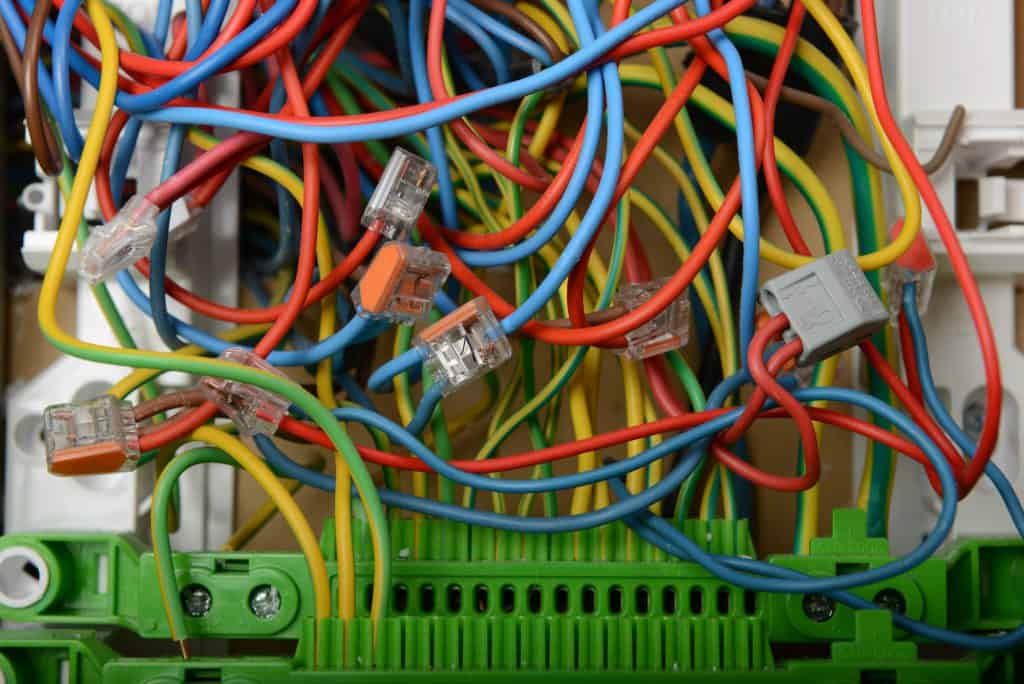Where the wiring of your home is concerned, you want to ensure that everything is done properly and is done according to the codes set out in the National Electric Code. If you’re wondering about whether or not you can use wire nuts in your breaker panel, you’re in the right place!
It is possible to use wire nuts in a breaker panel. This is a popular method for connecting or splicing wires together. When doing this, you’ll want to ensure that your use of these electrical connectors is done according to the codes set out by the NEC. There are also suitable alternatives to using wire nuts, such as push-fit connections.
From the purpose of wire nuts to the NEC’s guidelines regarding them, we’re going to cover everything you need to know about using these electrical connectors in your breaker panel. Once we’ve done this, we’ll highlight suitable alternatives to wire nuts for your consideration.
What Are Wire Nut Connectors Used For?
When it comes down to electrical wiring in your home, you’ll need to make use of wire connectors during this process. These nifty devices will allow you to create wire connections for different outlets, light fixtures, or appliances.
Wire nuts are considered the most common type of wiring connector used for splicing electrical wires. Wire nuts are plastic nuts that are twisted over the ends of bare wires of electrical conductors, creating a secure connection between them. With this type of wire connector, you’ll be able to unscrew them at a later point.

This means you can rewire certain electrical appliances with ease. The reversible nature of these wire nuts makes them a popular choice for connecting wires together. While it is possible to re-use wire nuts without signs of damage to the wire nut’s structure, these connectors are relatively cheap.
The type of electrical wire nut you’ll need to use depends on your intended use. For example, light fixtures typically utilize the smallest type of wire nut. Perhaps the most common wire nut is the yellow variant, which can be used to hold two fourteen-gauge wires or three twelve-gauge wires.

Furthermore, different wire nuts will be able to support different maximum voltages. Many wire nuts are capable of supporting up to 600 volts; however, some can handle up to 1000 volts. When finding the right wire connector, it’s important to consider the wires you’ll be splicing and the voltage the connector will need to support.
Wire nuts are also safer than other methods of connecting wires. For instance, many people use electrical tape for wiring different electrical conductors. Wire nuts are a far safer option! In fact, wire nuts are rarely linked to any electrical safety issues and are commonly used and endorsed by electricians.
However, can you use them in a breaker panel?
Can Wire Nuts Be Used In Breaker Panels?

As discussed earlier, wire nuts are useful devices that can be used to connect wires together. However, you might be wondering whether you can use them in your breaker panel, which is the main point of distribution for the electrical circuits in your home. Splicing within a breaker panel is rather common!
Luckily, if you need to splice wires within a panel, you’ll be able to do this with the appropriate wire nut – or another rated wire connector. As we explained in the previous section, different wire nuts are rated to handle different maximum voltages. However, there’s another important consideration to keep in mind when using wire nuts in a breaker panel.
When using wire nuts to splice wires in your breaker panel, you’ll need to ensure that all the wires are sized to be compatible with the breaker panel’s amperage rating. If you’re unsure about your breaker panel’s amperage rating, this information should be printed near the main circuit breaker.
Now that we’ve determined it is possible to use wire nuts in breaker panels, we need to consider whether this is legal! When it comes down to safe wiring, all wiring in your home should be on par with the National Electric Code (NEC).
Keep reading as we explain what you need to know about the NEC’s guidelines regarding wiring nuts used in breaker panels!
What You Need To Know About Using Wire Nuts in Breaker Panels
When it comes down to your home’s electrical wiring, you’ll always want to make sure everything is legal and doesn’t break any of the NEC’s codes. If you’re reading this, you’ve already taken a step in the right direction.
You’ll be happy to learn that the National Electric Code allows for the use of wire nuts in your breaker panel. However, they do have a few stipulations regarding this. We’ll break down the guidelines about using wiring nuts for you here!
The following guidelines are stipulated in Section 312.8 (A) of the 2020 edition of the NEC by the National Fire Protection Association. Some states may use previous editions of the National Electric Code. However, these guidelines have remained the same, with one additional stipulation being added.
- The first stipulation dictates that the total of all the conductors in any given cross-section of your wiring space must not exceed a maximum of 40% of that area’s space. The second guideline in section 312.8 (A) is just as important, however!
- The second guideline states that the total area of any conductors, splices, or taps that are installed at any given cross-section of the wiring space does not occupy more than 75% of that area’s space.
The newest addition to these guidelines dictates that there should be a warning label that labels the nearest method of disconnecting feed-through conductors. This final guideline only applies to states using the 2020 edition of the National Electric Code.
In Section 110.14 (B), which looks at splices for electrical connections, the NEC states that conductors should be joined or spliced using “splicing devices identified for the use”. Wire nuts qualify as one of these splicing devices. Therefore, using wire nuts is allowed by the NEC!
However, there are also alternatives to wire nuts that can be used!
Alternatives To Wire Nut Connectors

When connecting or splicing wires in your breaker panel, you’ll want to ensure that the electrical connectors you use are in line with electrical codes. As discussed above, wire nuts are a suitable solution to be used in a breaker panel. If you’re looking for alternative options, there are a few great ones for you to choose from!
- A great alternative to wire nuts is push-fit-type wire connectors. However, these connectors may set you back a bit more than wire nuts. However, these connectors are simple to use and will provide you with secure connections that are code-abiding. In the long term, however, wire nuts are easier to unfasten.
- There are a few more suitable alternatives! Butt-splice connectors are one possible alternative to wire nuts. These metal tubes can be used to splice together wires.
- Another similar connector to the butt-splice connector is a bullet connector, which can also be used for this purpose.
When considering alternatives to wire nuts, it’s also important to highlight unsuitable alternatives. There is a common misconception that electrical tape is safe for use with your home’s wiring. When splicing or connecting any wires, you should not rely on electrical tape. Instead, you should use a product like wire nuts or one of the above-discussed suitable alternatives!
Conclusion
In this piece, we explained everything you need to know about using wire nuts in your home’s breaker panel. In fact, using a wire nut is a highly popular method of splicing or connecting wires that’s both cost-effective and secure. Using wire nuts is also allowed by the National Electric Code!
